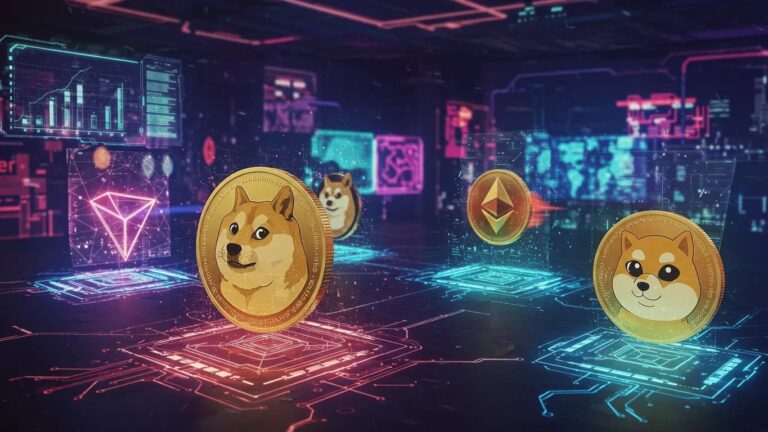
The world of blockchain technology has evolved rapidly in recent years, with new projects seeking to solve the problems of scalability, security and interoperability between different blockchains. One such project that offers a unique solution to these problems is Polkadot. Created by Gavin Wood, one of the co-founders of Ethereum, Polkadot positions itself as an ecosystem for multichain connectivity that allows different blockchains to interact with each other. In this article, we take a look at what Polkadot is, how it works and what benefits it brings to the blockchain space.
What is Polkadot?
Polkadot is a next-generation blockchain platform designed to enable the creation and interoperability of various blockchain networks. Unlike traditional blockchains, which exist in isolation and cannot exchange data or value with other networks, Polkadot offers an infrastructure that allows blockchains to interact with each other, providing what is known as a multichain connection.
Polkadot consists of several components, including the Relay Chain, Parachains, and Parathreads. These components work in a single ecosystem to provide security and interconnectivity between different blockchains. This makes Polkadot a unique project that can unite different networks into a single ecosystem.
Polkadot components
The Relay Chain
The Relay Chain is the backbone of the Polkadot network. It is responsible for the security of the entire ecosystem as well as the interoperability between parachains. The Relay Chain does not process transactions directly, but rather coordinates interactions between parachains, manages consensus, and ensures the overall security of the network.
Parachains
Parachains are independent blockchains that are connected to Polkadot via the Relay Chain. Each parachain can be customized for specific tasks, be it financial transactions, gaming applications, or decentralized applications (dApps). Parachains can use a proprietary consensus algorithm and can be built using a variety of technologies. However, by connecting to Polkadot, they can share common security and interact with other parachains.
Flexibility for
developers Polkadot allows developers to create parachains with different consensus algorithms that can be customized for specific tasks. This gives developers the flexibility to build applications and take advantage of different technologies without being limited to a single blockchain.
Security and decentralization
Polkadot uses Nominated Proof of Stake (NPoS), which provides a high degree of security and decentralization. Validators are chosen through voting and their job is to keep the network secure, prevent attacks and ensure consensus. This makes Polkadot one of the most secure blockchains for multichain connections.
Polkadot Applications
Polkadot provides tremendous opportunities for creating a variety of decentralized applications and new blockchain projects. Polkadot can be used to build blockchains that can interact with other projects, which opens new horizons for the use of blockchain in various fields:
Decentralized Finance (DeFi): Polkadot can be a platform for building complex decentralized financial solutions that can exchange data between different parachains.
Gaming Industry: Game developers can use Polkadot to create ecosystems where different games and gaming platforms can exchange tokens and assets.
Internet of Things (IoT): Multiple devices running on different blockchains can use Polkadot to exchange data and resources.
Conclusion
Polkadot represents a revolutionary approach to solving the problems of scalability and interoperability between blockchains. With multichain connections, Polkadot allows different networks to share data and assets, creating a unique ecosystem for blockchain applications. Its flexibility, security and ability to provide interoperability between different blockchains make it a powerful tool for developers and users in the blockchain space.
Polkadot opens up new opportunities to create more complex, scalable and interconnected decentralized applications, and its importance in the blockchain ecosystem continues to grow.



